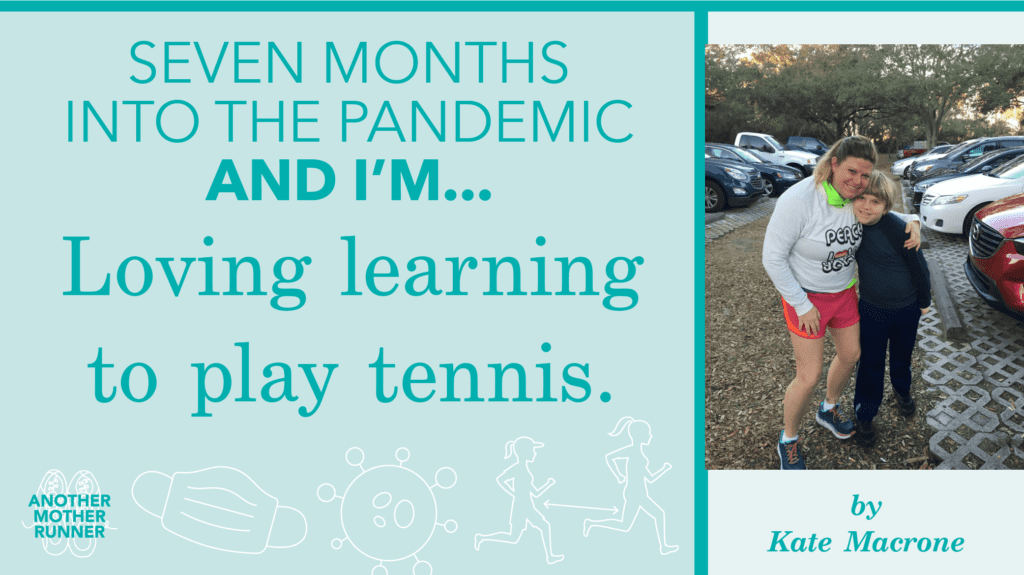
In the fall of 2019, I started a new sport: tennis.
Previously, I had never tried to connect one moving object with another moving object while moving myself unless it was swatting deer flies on a trail run. All my previous athletic endeavors moved my body, but didn’t require agility or coordination; I can't even do a crow pose in yoga.
However, last fall I realized I needed a new focus. A fresh start. Those activities that had brought me joy and happiness felt empty and left too much space in my head. In 2015, our older son Evan, then 11, was diagnosed with Ewing’s Sarcoma. Sadly, he died two years later at age 13. During that time, I completely gave up doing much of anything.
When I tried to return to my favorite sports I couldn’t stop my head. I would be out running or doing yoga, and all I could think about was Evan, what he went through, what he was robbed of, what our family and our world was missing. (Also, Evan and I had run a couple of 5Ks together, and he would have been an amazing runner, which just added to the grief.)
Picking up a racket and whacking a ball was both physically and emotionally releasing. When I was there, I had no space in my head for anything but thoughts about tennis. And that gave my brain and body the opportunity the chance to practice existing in the present moment.
In March of 2020 as school closed and work changed, I focused on the game. I went to a court that was open at a school and hit a basket of balls over and over. Serve. Forehand. Backhand. Slice. Volley. Sometimes I went with my son Gavin, now 13, which gives us an activity to do together.
These days, tennis has become a physical chess game. Not only am I focusing on hitting but also placing and moving. Tennis has given some meaning to my running and workouts. My runs now are shorter and harder and hillier, and incorporate strides, sprints, laterals, and (gasp) suicides. My weight training is focused on core and upper body. My flexibility training keeps me from getting injured. And my meditation practice allows me to work on being in the present.
The result? My forehands actually go where I want them to every once in a while. My serve is in the box. My backhand rules. And my mind is focused: you can’t be thinking about anything before or after each shot.
We moved to a new city and state in 2019 to give ourselves a fresh start after our loss of Evan. Tennis has helped me make new friends—something that’s hard to do once your kids get older. Nothing will bring Evan back, but tennis offers a space—and community—for me to simply be.
Read more Seven Months into the Pandemic essays.
The post Seven Months Into the Pandemic and I’m…Loving Learning to Play Tennis. appeared first on Another Mother Runner.
from Another Mother Runner https://ift.tt/3e3VbRS
via babu31
























